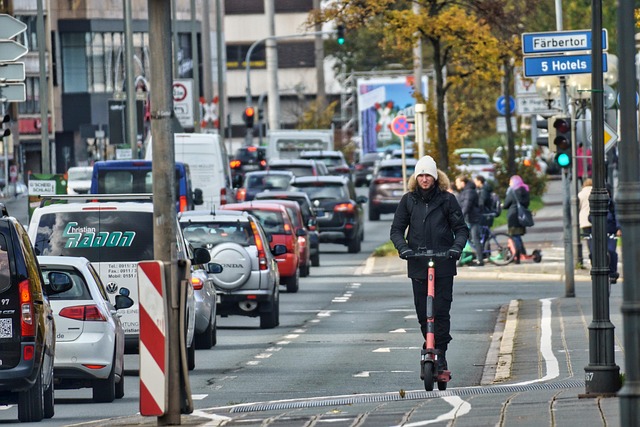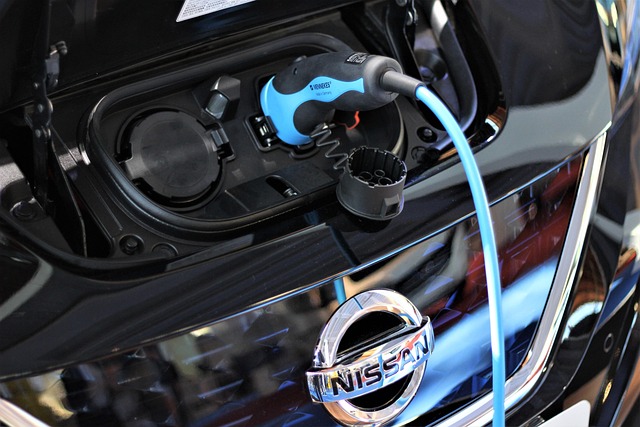In today’s rapidly evolving world, the demand for sustainable transport solutions has never been more pressing. With urban areas swelling and populations growing, the necessity for a conscientious approach to mobility is evident. Smart energy use serves as a beacon of hope, guiding us toward a greener future for both cities and rural landscapes.
Transport sustainability hinges on our ability to adapt and innovate. Traditional modes of transport have long relied on fossil fuels, contributing to pollution and climate change. However, as we harness smart energy use, we open the door to a range of eco-friendly alternatives. Electric vehicles (EVs), powered by renewable energy sources, are becoming increasingly prevalent. They not only reduce greenhouse gas emissions but also offer a cleaner and quieter travel experience.
But what about rural development? Often the forgotten segment in discussions about transport, rural areas face unique mobility challenges. Limited public transport options and inadequate infrastructure can hinder access to essential services, education, and employment opportunities. By integrating smart energy use into our rural transport initiatives, we can foster sustainable growth. For instance, solar-powered community transport networks could revolutionize mobility in remote locations, ensuring that all citizens can participate in economic and social life.
Furthermore, investments in alternative fuels and clean technologies can create green jobs, invigorating rural economies. Local farmers and businesses could partner with green energy providers to develop biogas, wind power, or solar energy initiatives that benefit their transport needs. This collaboration not only promotes self-sufficiency but also empowers communities, offering them a stake in their own development.
Another significant consideration is the potential for smart mobility solutions that can seamlessly integrate varying modes of transport. Think about smart apps that guide users through their journeys, optimizing routes based on energy efficiency, traffic conditions, and available public transport links. This intuitive approach can help in minimizing energy waste and reducing travel time, fostering a more connected and efficient environment.
Sustainability doesn’t merely benefit our planet; it enhances our quality of life. Imagine rural areas where clean air and quiet roads are the norm, where children can safely walk to school, and farmers can transport their goods efficiently without harming the environment. It’s a vision rooted in the application of smart energy use for sustainable transport.
To achieve this vision, we must advocate for policies that support green transport initiatives, invest in infrastructure that enables clean energy sources, and educate communities about the benefits of sustainable practices. Each step we take brings us closer to a world where mobility aligns with our ecological responsibilities, creating an harmonious balance between transport infrastructure and rural development.



